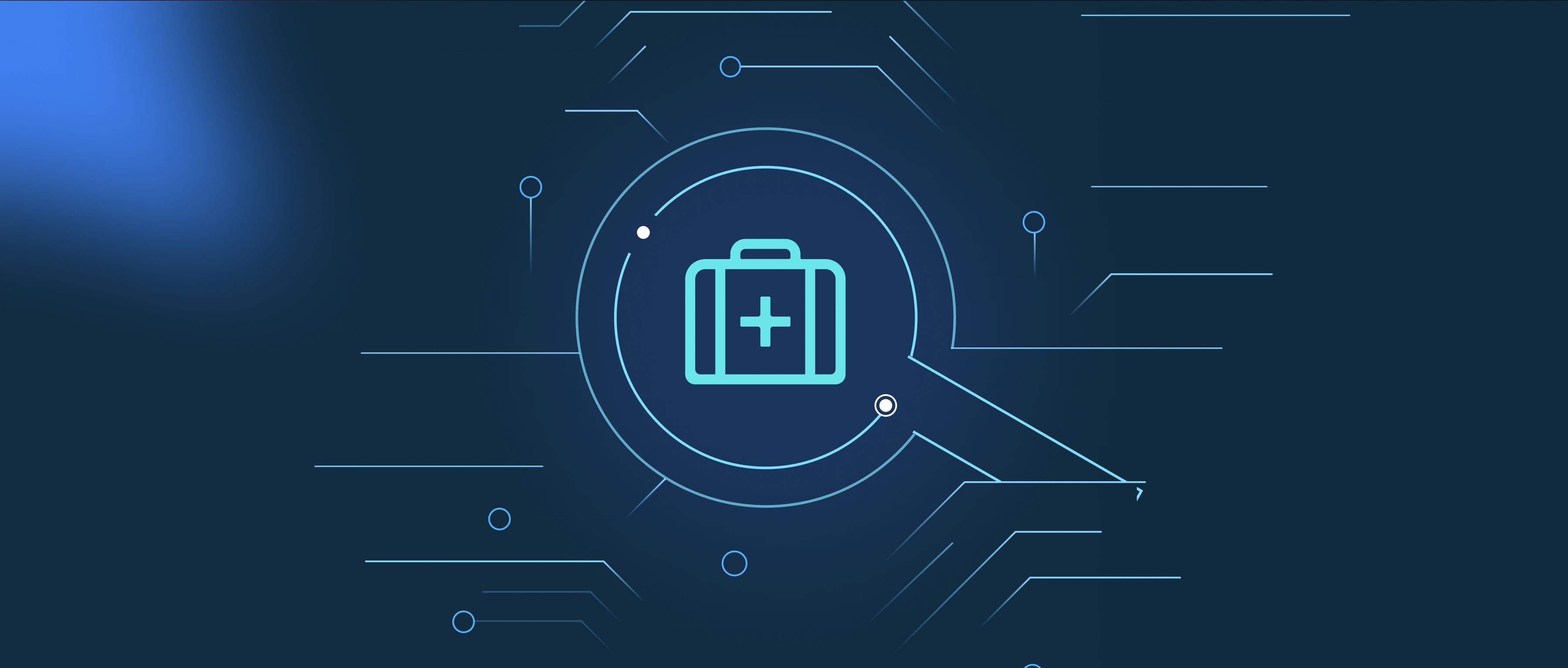Actions in reinforcement learning (RL) refer to the choices or moves made by the agent to influence its environment. These actions are how the agent interacts with the environment, aiming to transition from one state to another in a way that maximizes future rewards. The action space can be discrete (e.g., left, right, up, down in a grid) or continuous (e.g., adjusting the speed of a car).
In RL, actions can have immediate or delayed effects. For instance, the agent might take an action that doesn't result in an immediate reward but leads to a better outcome in the future, such as moving closer to a goal. Actions are typically selected by the agent’s policy, a strategy that dictates which action to take based on the current state.
The agent’s ability to choose the right action is crucial for the success of the learning process. The set of actions available to the agent may vary depending on the environment and the current state. A key challenge in RL is balancing the exploration of new actions with the exploitation of known successful actions.
